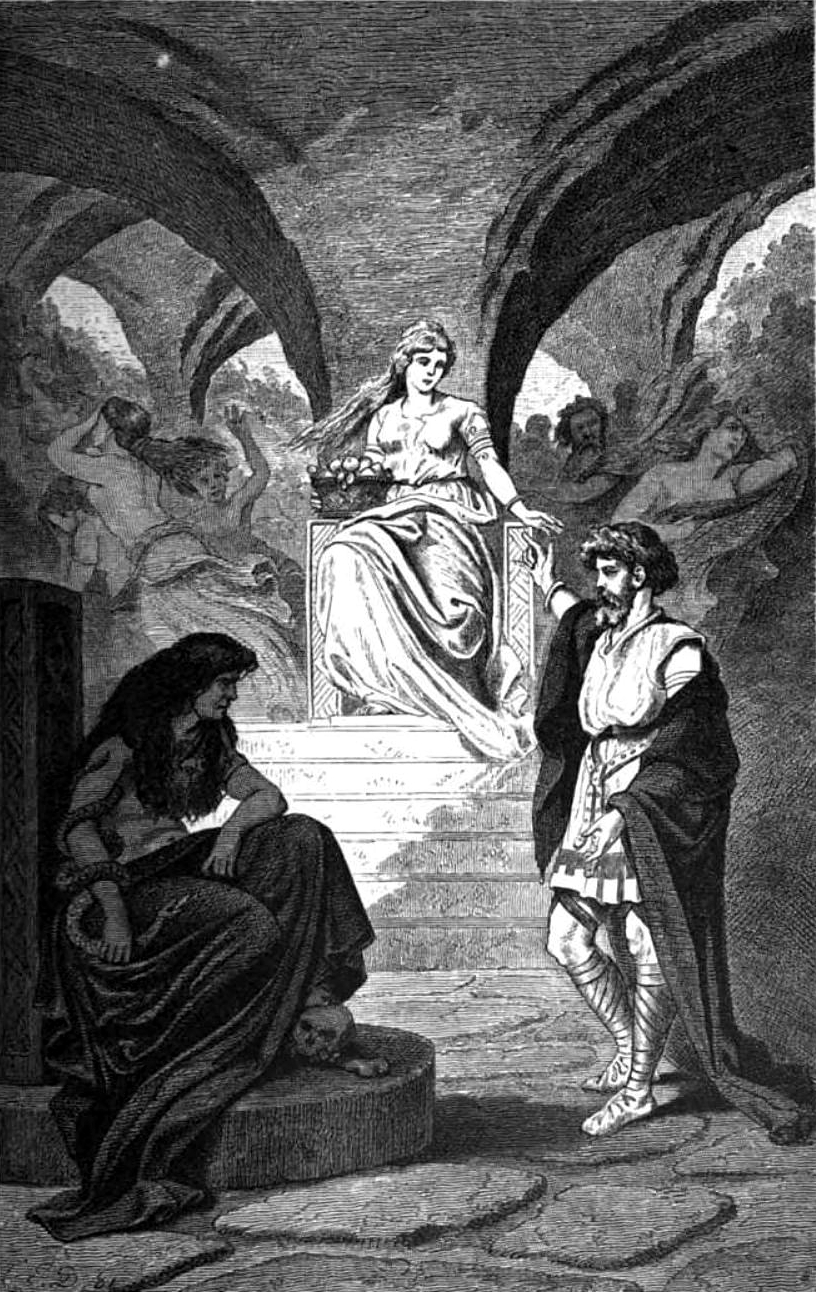Hel was the goddess of the underworld in Norse mythology, ruling over the realm of the dead known as Helheim. She was often depicted as a half-dead, half-alive figure, with one side of her body being that of a living woman and the other side that of a corpse.
According to mythology, those who died of old age or sickness were said to be sent to Helheim, where they would live out their afterlife. The realm of Helheim was described as a dark and cold place, with only a few select souls being allowed to enter Valhalla, the hall of the slain.
The significance of Hel and the Norse underworld lies in their representation of death and the afterlife. Death was seen as an inevitable part of life, and the Norse people believed in the existence of an afterlife that was determined by one's actions in life.
The Norse underworld can also be interpreted as a reflection of Norse society's attitudes towards death and the importance of honor and bravery in life. The Norse people placed a great deal of emphasis on living a life of honor and courage, as one's actions in life were believed to determine one's fate in the afterlife.
Overall, Hel and the Norse underworld were significant elements of Norse mythology, representing the inevitability of death and the importance of living a life of honor and courage.
Works Cited:
Guerber, H. A. Myths of the Norsemen: From the Eddas and Sagas. Barnes Noble, 2006.








